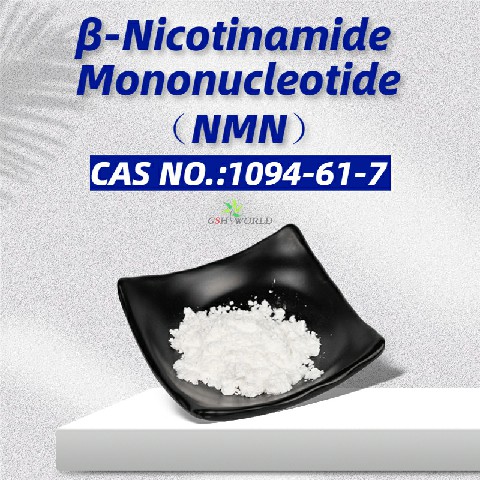Research by Chinese researchers published in the journal Molecules suggests that NMN may promote hair growth by promoting blood vessel formation and reducing inflammation.
The number of hair loss in China has exceeded 250 million, with an average of 1 in 6 people suffering from hair loss.
About 163 million men and 88 million women have hair loss.
Hair loss has become a common skin problem, and it is showing a trend of younger people.
In China, the prevalence of androgenic alopecia is about 21.3% in men and 6% in women.
This means that one in five men suffer from androgenetic alopecia.

As people age, NAD+ levels gradually decline in the body, leading to decreased cell function, including hair follicle cells.
Some studies have shown that NMN can activate stem cells and prompt them to transform into mature hair follicle cells, thus promoting hair regeneration.
NMN is also able to improve the health of hair follicle cells by regulating oxidative stress and anti-inflammatory responses.
Several small clinical studies have shown that NMN conditioned medium applied to the scalp or when its cell isolates injected into the scalp significant in the treatment of hair loss.
Microneedles combined with NMN conditioned medium can significantly increase hair density and thickness,
improve hair follicle density, hair standing diameter and reduce hair loss.
Vascular endothelial growth factor, hepatocyte growth factor, insulin-like growth factor,
platelet-derived growth factor and other cytokines secreted by NMN can, on the one hand, regulate the complex hair growth cycle,
on the other hand, promote the vascularization around hair follicles,
induce the proliferation of hair follicle dermal papilla cells, and regulate the hair follicle from the resting period to the growth period.
It promotes hair growth and vellus hair develops into terminal hair.
As a cellular energy regulator, NMN expected to play a role in the treatment of hair loss.
Current research on NMN improving hair follicle stem cells and promoting hair growth still preliminary,
and more clinical trials and scientific studies needed to confirm its efficacy and safety.





